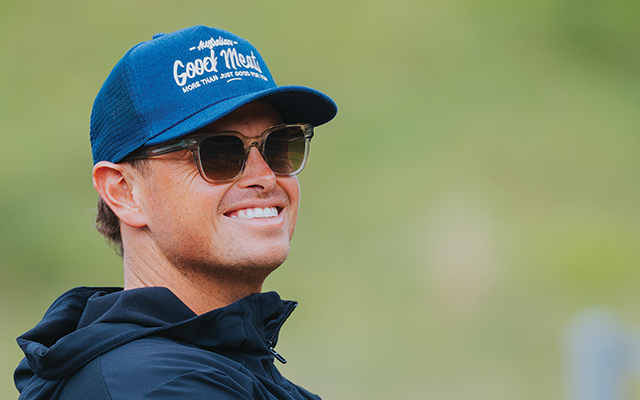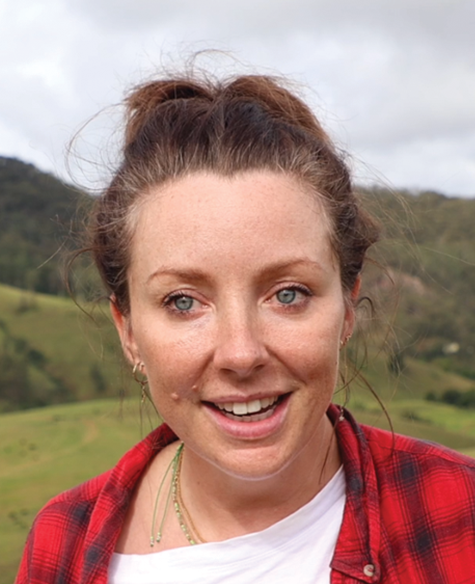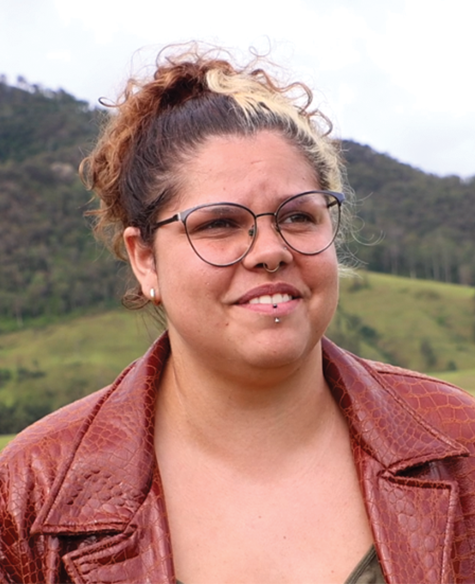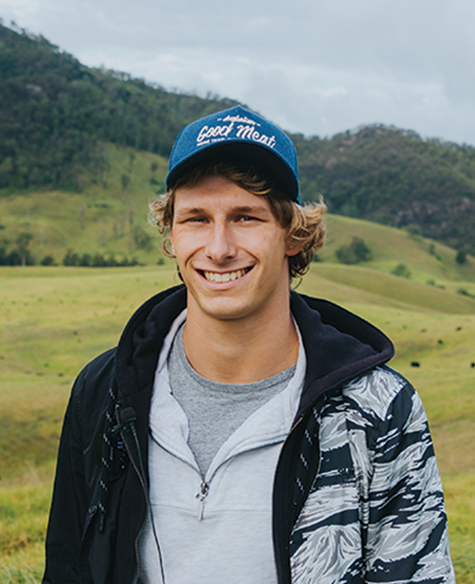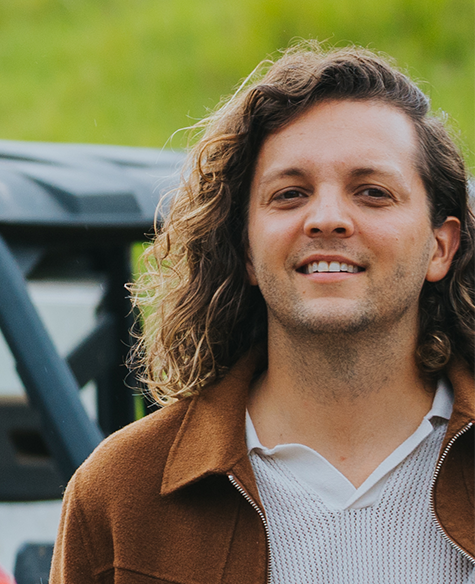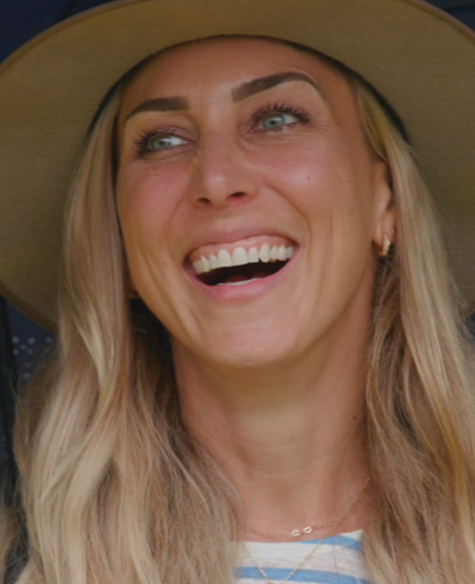Bondi lifeguard @harrisonreid knows a lot about water. He grew up a five minute walk from the beach. He spends his working days watching the ocean to keep people safe.
But he was like a fish out of water when it came to a question about the use of agricultural land.
Is red meat production in Australia sustainable?
He was a man on a mission, keen to find out what’s going on. After all, he loves a good steak as part of his healthy diet and wants to feel good about eating it.
So, he visited an Aussie beef farm to see if what’s good for his body, is good for the environment too.
Happily for Harrison, he doesn’t have to pack away the steak knives anytime soon.
He saw first hand the sustainable practices the industry has put in place and learnt red meat production isn’t the climate bad boy it’s made out to be.
Harrison left Woko Station near Gloucester in NSW satisfied that not only is the industry sustainable, but it’s also doing more. That includes a commitment to CN30 - being carbon neutral by 2030.
“Oh, 100% the red meat industry in Australia is sustainable. They don’t have the government breathing down their neck like…other industries…They are doing that off their own back, which is pretty special.”
A food journey, from Bondi to bush
The golden sands of Bondi Beach are lifeguard Harrison Reid’s office.
So what’s he doing 300km away on an Australian beef farm?
Harrison mightn’t spend much time on farms, but his food does. So he wanted to find out more about where it comes from and how it’s produced.
And who better to hear from, than the people who know that food best?
The farmers who produce it.
Harrison passionately believes it’s important to have a connection with where your food comes from - even if you’re living in busy Bondi, hours from the nearest farm.
His visit to ‘Woko Station’ in NSW opened his eyes to the commitment farmers like Robert ‘Macka’ Mackenzie have made to sustainable production.
And when it came time for lunch, he learnt his biggest lesson of the day while helping prepare the meal.
“One thing I took away from it was actually from Sam the chef and learning about using the whole of the animal, which is a big one for me,” Harrison said.
The food was sustainably produced and it should be sustainably consumed too.
Because the environmental impact of a sustainable diet comes not only from how our food is produced and how much food we eat - but how little we waste.


